Do you know him? When a biologist comes to the fish facility, the fish keeper says: there are 50 of them and they’re all called Lothar!
All jokes aside: Lota lota, the burbot or eelpout, is hardly ever seen alive as a juvenile fish, even by enthusiastic cold-water aquarists. It is one of the very few cod relatives that lives permanently – its entire life from egg to death – in freshwater. And the burbot – unmistakable due to its individual chin barbels – is actually a cold-water fish.
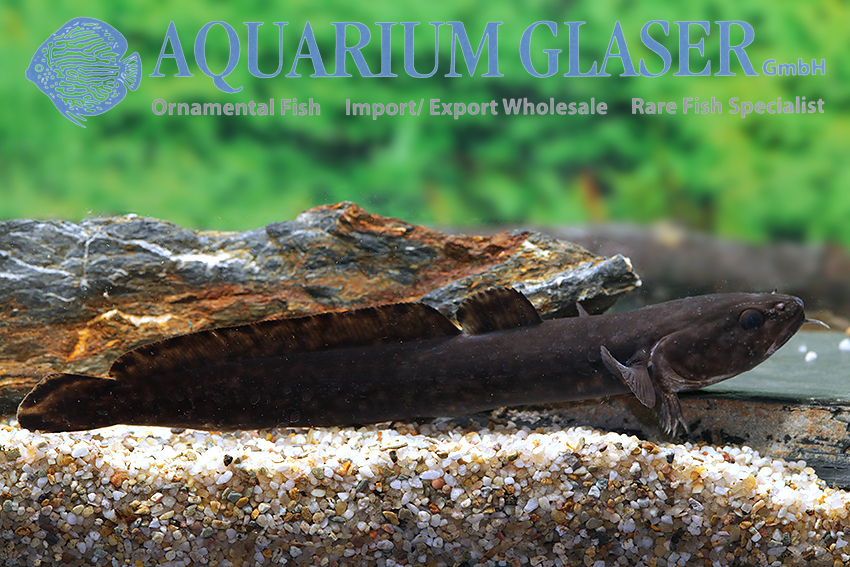
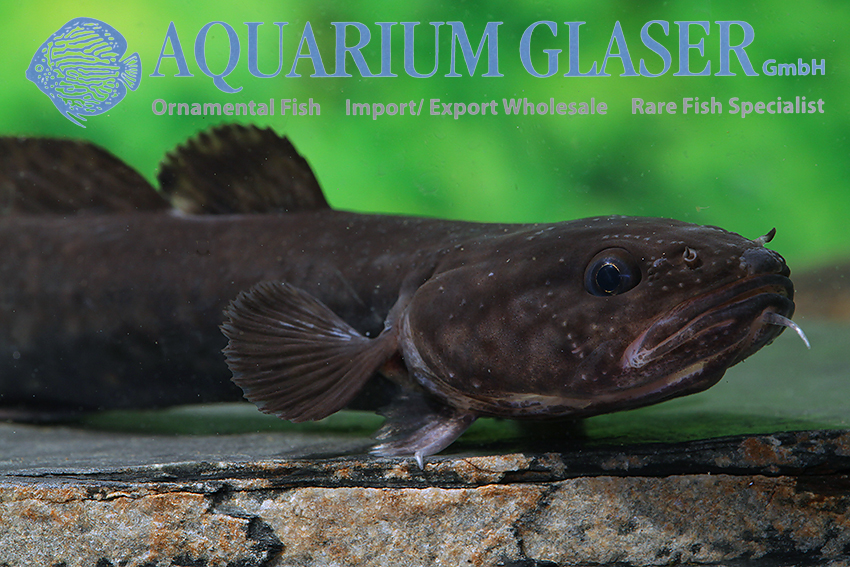
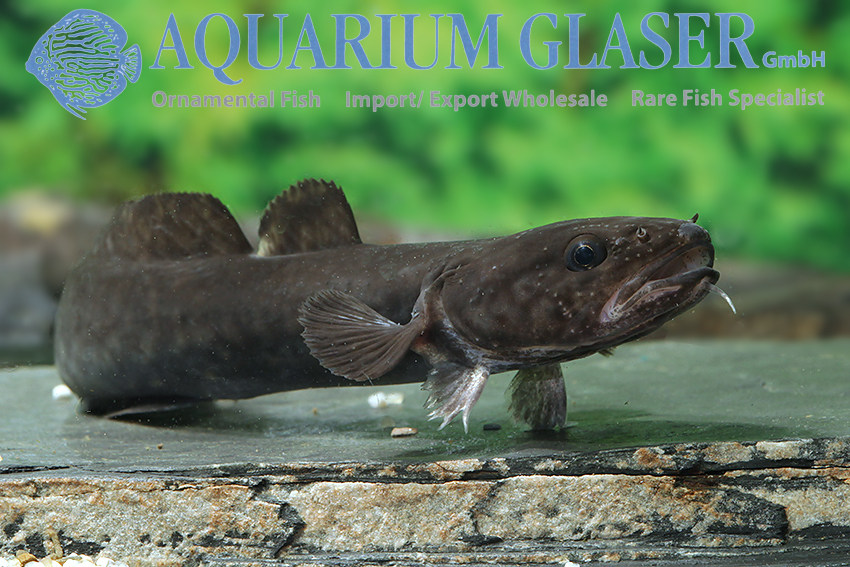
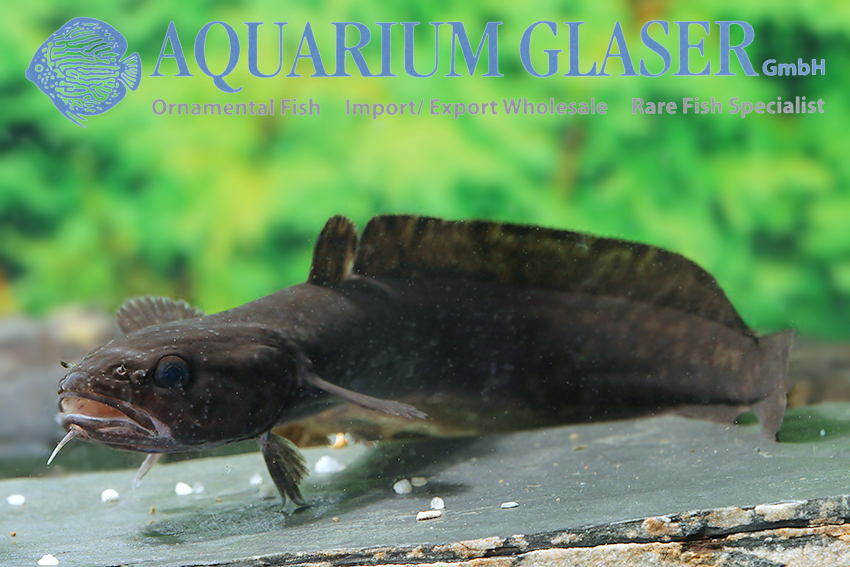
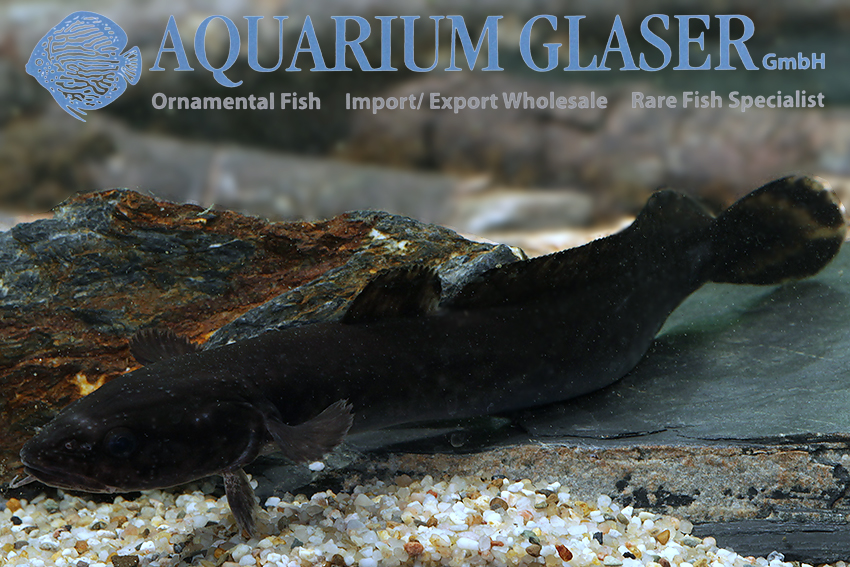
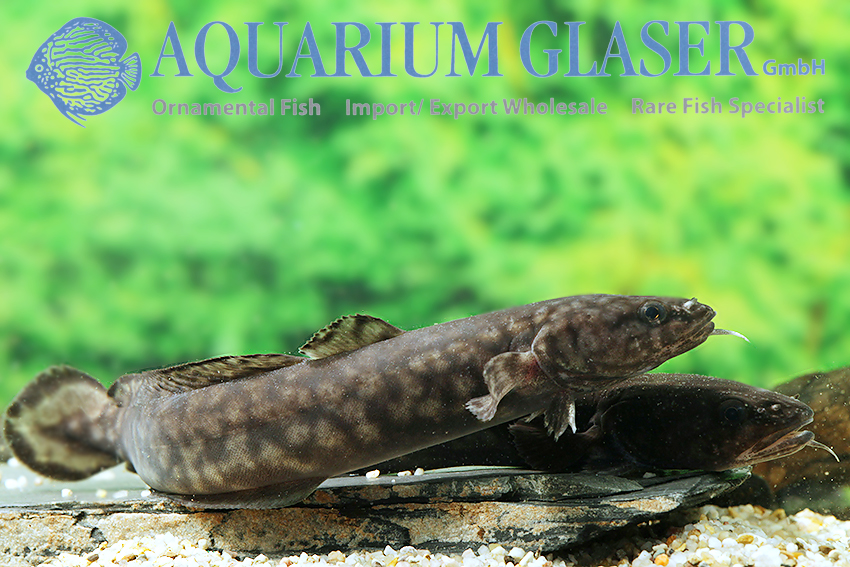

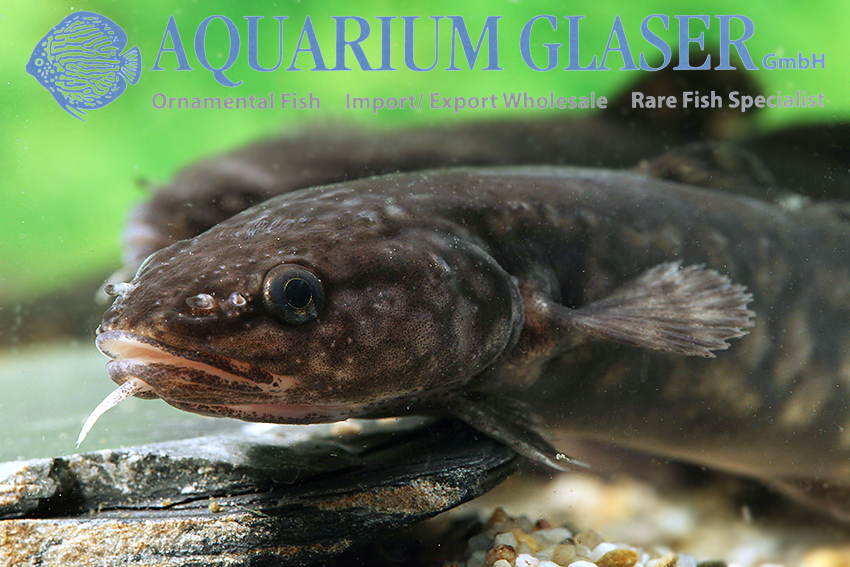
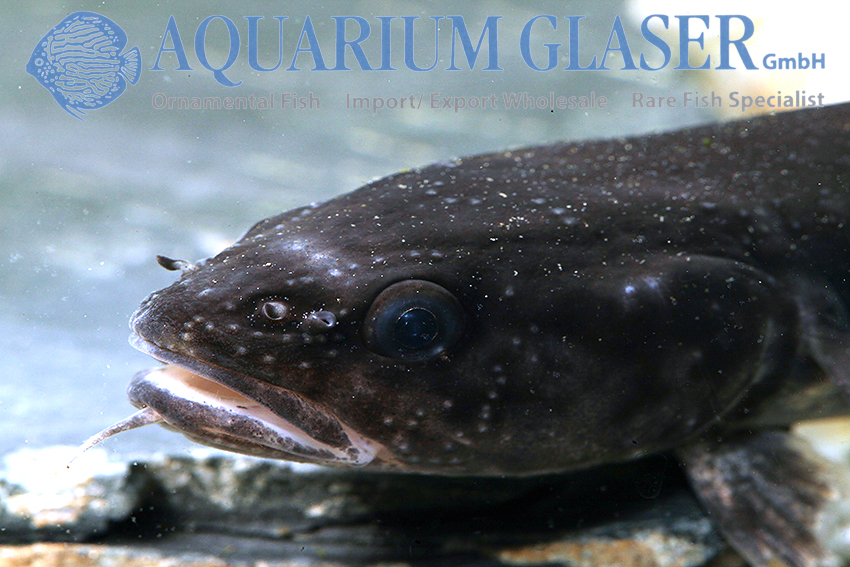
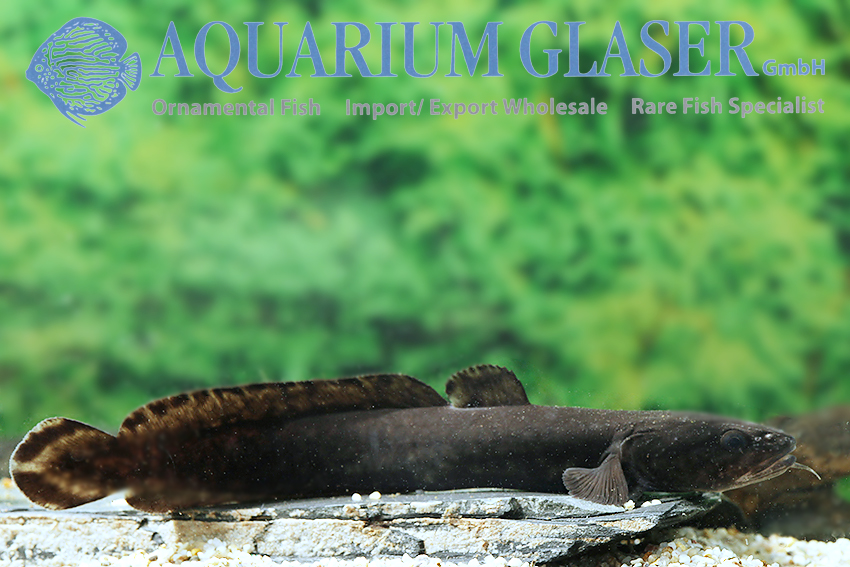
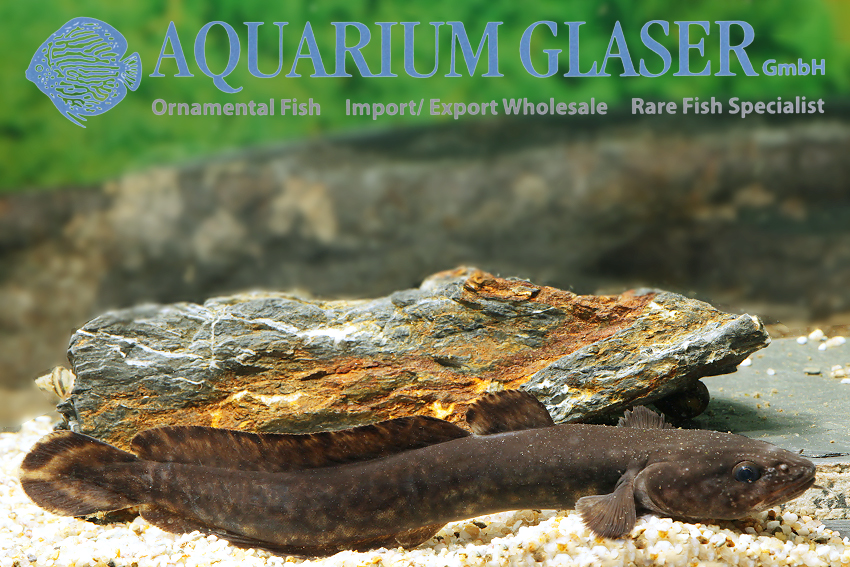
In aquarium lingo, anything that does not require additional heating in aquariums set up in living spaces is called a cold-water fish. In scientifically correct usage, species that (at least in nature) do not tolerate temperatures above 16°C, or only for a very short time, are called cold-water fish. These are surprisingly few species in the native fauna, mainly those from the salmonid family, i.e. salmon, char, trout and whitefish. Especially deep-water forms among them are extremely sensitive to higher water temperatures.
However, the burbot is not quite so super-sensitive, at least relatively small juveniles – our specimens are 15-20 cm long – prove to be adaptable. For this post, they had to be acclimatized to the 20-22°C in the photo aquarium and all three of the animals selected for this post accepted this without complaint. However, we don’t know how long such high temperatures will last. Experience with brown trout, for example, has shown that animals kept at higher temperatures (22-24°C) become leaner and leaner in the long term; their metabolism is so high at such high temperatures that they cannot eat as much as their bodies consume. We therefore generally advise against carrying out such experiments and recommend 18°C as the upper limit for the water temperature of burbot & co.
Burbot can grow to a maximum length of 150 cm and weigh 34 kg. However, the normal size is around 40 cm. It is an obligate predator. In addition to fish, juveniles also eat invertebrates, but mature burbot almost exclusively eat fish. The animals are crepuscular and nocturnal. When introducing them to dead food (fish meat, but preferably whole fish such as smelt), this should be taken into account and they should be fed in the evening. The burbot stays hidden during the day.
This striking fish is widespread in Europe and has a number of local names. In German alone there are more than five of them. In English and French it is called “burbot”, the old French “lotte” for the species was the reason for the scientific name “lota”. In large parts of Europe, the burbot is extinct or endangered, but as a species it is considered “not endangered ( = least concern)” due to its large distribution area. Our burbot come from a pond farm.
For our customers: the animals have code 852004 on our stock list. Please note that we only supply the wholesale trade.
Text & photos: Frank Schäfer




